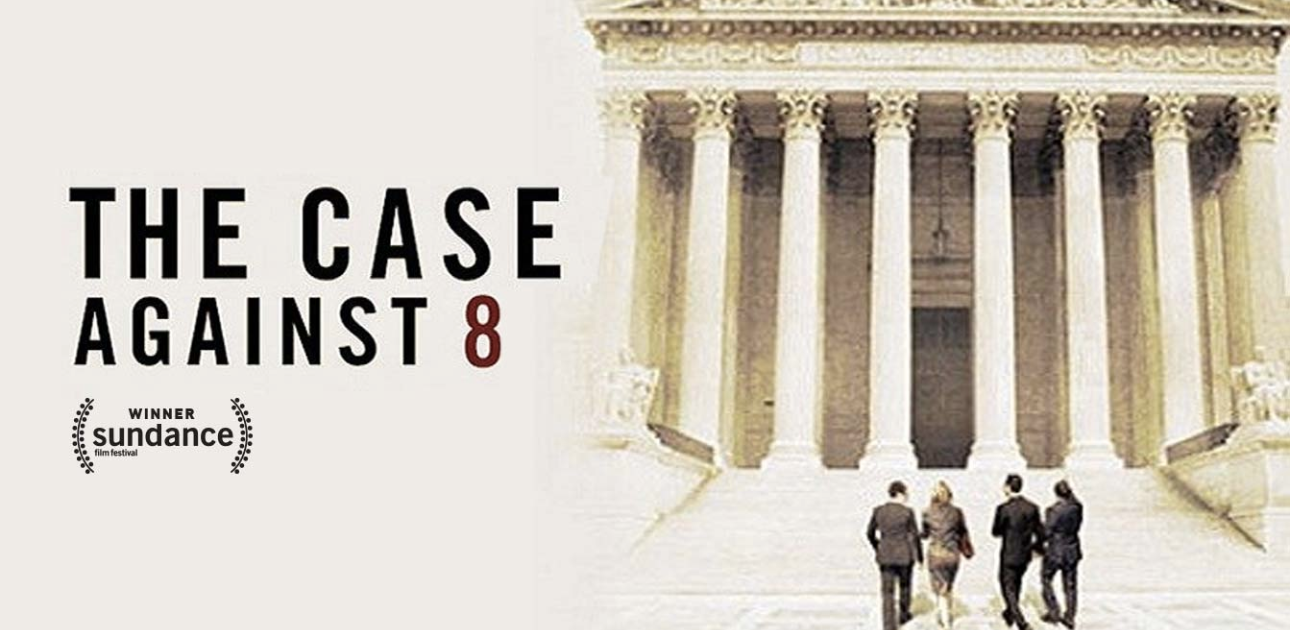In this documentary, chronicling the five-year-long legal battle for marriage equality in the US state of California, human implications continue to linger in the background, making the payoff of a court win more intense.
—
THE ‘8’ in the title refers to Proposition 8, a 2008 ballot initiative in California which defined marriage as between a man and a woman. Proposition 8 was introduced merely six months after the California Supreme Court ruled that same-sex couples had the right to get married. A thin majority of voters voted ‘yes’ to the proposition, in the process taking away civil liberties by a popular vote. In its aftermath, around 18,000 marriages were nullified.
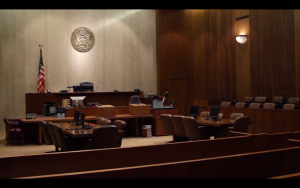

The Case Against 8 is an endlessly twisty courtroom thriller of a documentary that chronicles the almost five-year-long legal battle for marriage equality in California, while revealing many unique facets of American law and politics.
The human and legal centres
The human centre of the documentary are two same-sex couples, who are the plaintiffs in the case Perry versus Schwarzenegger. The first couple comprises Kris Perry and Sandy Stier, who thought they were married for good, until one day they got a letter saying ‘licence revoked’. The second couple comprises Paul Katami and Jeff Zarrilo, who are waiting to get married before expanding their family so they could enjoy the same benefits that an opposite-sex couple does.
Also read: How have the ten days of the marriage equality hearings panned out? A brief account
The case, which originated in a California District Court, was filed by the American Foundation for Equal Rights (AFER) organisation on behalf of the above four clients. This, after Proposition 8 got a 52.4 percent approval, perhaps on the basis of a well-funded and scare-inducing campaign by socially conservative organisations who managed to skew public opinion against marriage equality just enough.
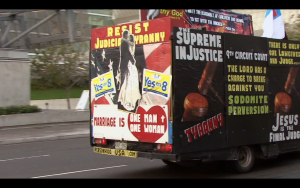

But the real legal centre of the case are two veteran lawyers who engineer the case; Ted Olson, a known conservative lawyer and David Boies, a democratic-leaning lawyer. Interestingly, the two were opposing counsel in the Bush versus Gore (2000) case where the Supreme Court of the United States decided in favour of former President George W. Bush in a case of presidential elections, against former vice President Al Gore.
As the documentary shows, suspicions were aired by progressive organisations and individuals that Olson might sabotage the case, while conservatives were astonished by his betrayal of their cause. But Olson managed to minimise those suspicions with his principled stand. As he explains, marriage is a conservative value and, therefore, opponents of marriage equality should be welcoming same-sex couples into the fold of the traditional family.
Inside a legal battle
It often happens that we hear or read about a ruling rendered by a court, but not how it was won or lost. The work put in by lawyers and their associates, the experts consulted by them and the lives of plaintiffs beyond the court case, rarely ever gets seen. With fly-on-the-wall style filmmaking, filmmakers Ben Cotner and Ryan White manage to capture much of that.
When the AFER was looking for plaintiffs to file the case, they went through an extensive vetting process to ensure that people selected were “safe choices” to eliminate any chance of the opposite side finding skeletons in the closet. “We had to find people who were like everybody else, but also obviously just like everybody else. There’s a difference,” Boies explains.
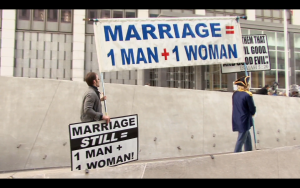

The pitfalls of originalist interpretation— one based on the understanding of a statute at the time it was adopted— become apparent during a rehearsal of arguments that the plaintiffs aim to present. Olson is asked whether he believes that the framers of Fourteenth Amendment to the United States Constitution, which contains both the Due Process Clause and the Equal Protection Clause, would have contemplated covering same-sex marriages. “Of course they did not think about that,” Olson replies. “So you are basically asking us to depart from the original intent of the 14th Amendment?” comes the follow up. Olson then retorts, “No, the intent of the 14th Amendment was to prescribe equality.”
It is also revealed that many LGBTQIA+ organisations themselves did not believe in AFER’s strategy. “They felt it was too soon, it was years before this should be happening, that public opinion had not changed enough and that the make-up of the Supreme Court was not supportive,” an AFER lawyer explains.
Twists and turns
Around a week before oral arguments were about to begin before a district court, the presiding judge decided that the proceedings would be broadcast, albeit with a slight delay. “The other side resisted mightily,” Olson recalls.
A twist arrives shortly before the trial when the decision to broadcast is reversed, leaving the filmmakers with no way to shoot or source footage that would have been relevant for the documentary. The void has been filled with readings of court transcripts and descriptions from inside the courtroom, but the viewer is left wanting.
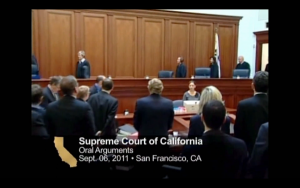

Fortunately, some footage of the Ninth Court of Appeals and the California Supreme Court sourced from the public service network CSPAN is presented in the documentary.
Minor and major unexpected events happen later. But the original twist, the letter in Perry and Stier’s mail nullifying a validly undertaken marriage, surpasses even the later ones. “Can you imagine getting that in the mail?” Perry asks an AFER lawyer. “As a straight person, that is unimaginable,” he responds.
In the background
Even as the thrust of the issue is directed at court proceedings, decisions and appeals; human implications always linger in the background, making the payoff of a court win even more intense. The two same-sex couples serve as the documentary’s anchor, reminding the viewer what the entire affair is about.
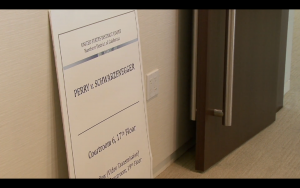

In one scene, Boies describes an instance from the courtroom. While hearing a motion to dismiss the case submitted by opponents of marriage equality, the presiding judge asked, “What harm would occur if gay people are allowed to marry?” There was silence. A discernible lengthy pause. The lawyer finally responded “I don’t know. I don’t know.” The question had gone to the root of the entire case.
Also read: Marriage equality in Nepal: A long walk to freedom despite recent fillip by the Supreme Court
Supporters of Proposition 8 had insisted that the measure was not intended to diminish the rights of same-sex couples, but instead was a means to encourage ideal households for the raising of children and to put a stop to activist judges, as a Los Angeles Times editorial from around that time observes. Besides, they said, domestic partnerships in California provided the same rights as marriage.
To the argument that the existence of same-sex marriage will somehow make children prematurely occupied with issues of sexuality, Olson tells the court, “If that was a justification, it would equally warrant banning comic books, television, video games and conversations with other children,” the last bit prompting a short burst of laughter from the audience.
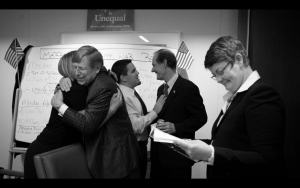

But the filmmakers are not too keen on showing both sides of the debate. As the title implies, the documentary itself is an argument against an unfair legislation brought in by popular vote, and how it affected people personally.
After an initial win at the district level and a refusal by the court of appeals to interfere, the US Supreme Court in 2013 ruled 5–4 that the proponents of Proposition 8 did not have the legal standing to appeal, effectively solidifying same-sex couples’ right to marry in California.
Two years later, in Obergefell versus Hodges, the court, reading marriage equality into the Due Process Clause and the Equal Protection Clause of the US Constitution, expanded the right to the whole country.
The Case Against 8 acts as a primer on the crux of the marriage equality debate in the US, but also on how to make a documentary on a legal battle with little to no courtroom footage.

